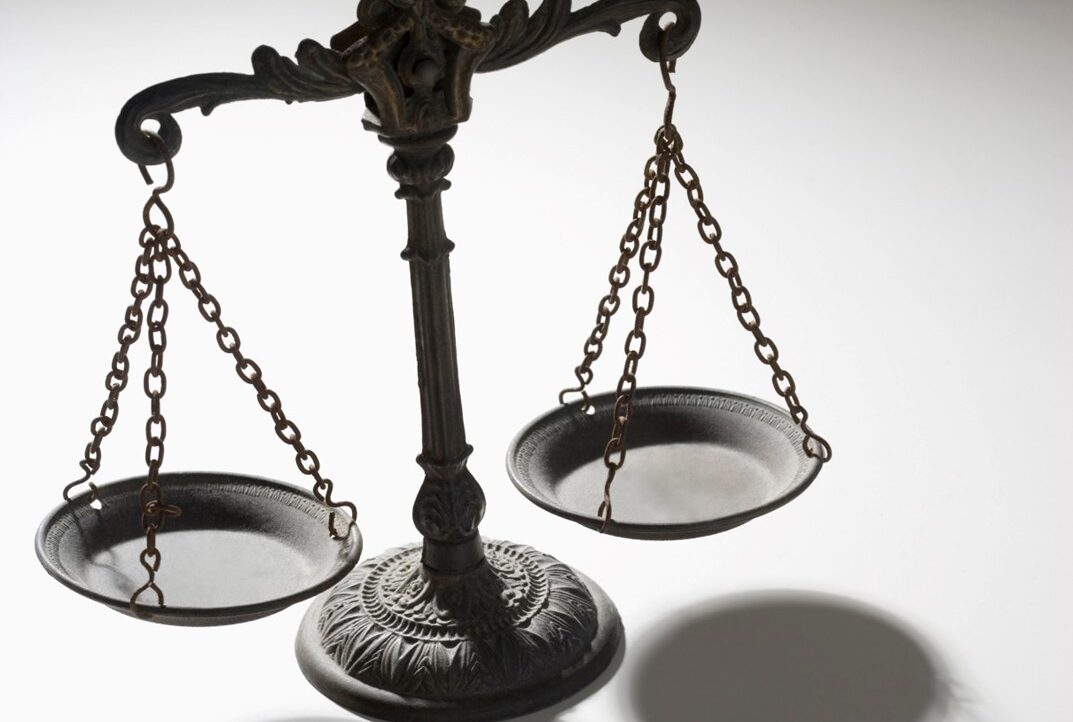News & Media 26th Mar 2019




No stone has been left unturned to attack the Rafael purchase by the Opposition Party. This has been equally and vociferously matched by the Indian Government defending its position. The issues of whether the process was followed, the price was justified or whether the DPSU should have continued has been endlessly debated over the past year. Lok Sabha (lower house of India’s bicameral Parliament) has collectively spent many hours in debating this issue. In some ways, however, it is akin to comparing apples and oranges. MMRCA was a 126 fighter aircraft deal with a ‘Make-in-India’ element and Rafale is a 36 aircraft deal. MMRCA was a global competition tender, while Rafale is a Government-to-Government deal (discounting the fact that there is an argument about this as well). One would and, should never know the ‘sensor and shooter’ configuration of the Rafale purchase not just because there exists an Inter-Governmental Agreement or that India is bound by the Officials Secret Act but primarily because our national security is being endangered with every passing discussion / revelation. This brings us to the question no one is really asking in the Lok Sabha – what is the real cost of this purchase?
The more we debate this, the more our vulnerability against adversaries is increasing, as we increasingly reveal more sensitive information to our enemy countries – it won’t be a matter of surprise if some of our adversaries may have already employed analysts to figure out the configuration of the aircraft along with details on weapons and stealth based on the multitude of data available in the public domain.
China has become Asia’s first and world’s third country to have an indigenous operational fifth generation aircraft with unverified claims also circulating that China is planning to share this technology with Pakistan as well. According to the data provided by the Indian Defence Minister in the Lok Sabha, China has added 400 aircrafts in its arsenal within a span of ten years (2004-2014), and Pakistan too, has doubled its fleet. In stark contrast to this, India’s squadron strength has reduced from 42 to 32 as of 2015 (each squadron has 16-18 aircrafts). More MIGs will be aging in next few years bringing our fleet strength down to well below 30. The need to add more aircrafts to India’s fleet is therefore indisputable.
However, rather than debating how and if the Government geared up to increase its defence capabilities should there be an enemy attack, we are busy debating whether the “process” of purchasing 36 aircrafts in 2015-2016 is justified or not.
In 2018, India’s Air Force Chief indicated a total additional requirement of 200-250 aircrafts over the next decade. While about a third of these requirements will come off the shelf from Foreign OEMs, India also plans to procure many of these under the ‘Make-in-India’ approach. The tendering process culminating into an actual order would take atleast 5-7 years from the time the RFP is issued. Even with France’s established production lines, Dassault Systems is going to take three years to deliver 36 aircrafts. Assuming more than half of the required fleet will be manufactured by the experienced HAL, another company will still need to be educated in aircraft production given the numbers involved. Further, factoring in the learning curve, one would need at least 5-10 years to learn the complexities involved in manufacturing fighters. Companies such as Tatas have already been manufacturing complex parts of aircrafts which does shorten the learning curve but doesn’t eliminate it in toto. Thus even if a best-case (almost impossible) scenario is assumed (with no procurement paralysis), it is almost next to impossible for the Indian air force to be equipped with the desired fighter jets in the stipulated timeframe.
This leads to another major concern – will Foreign OEMs give the due priority to India for supplying such complex platforms? To be sure, India is too big a market to ignore for any Foreign OEM but is that enough? China is re-structuring its forces, Pakistan, Saudi Arabia and other countries in the Middle East are investing heavily in defence. With this rise in demand, when India does finally place its orders, the production lines may or may not be free thus only further delaying the receipt of platforms.
Unfortunately though, with every passing controversy, India’s ease of doing business perception in this sector is deteriorating in the eyes of the investors. This is only making OEMs increasingly cautious while finalising contracts and agreeing to liabilities.
The real debate in Parliament should be when will these RFPs be issued? What are the processes being followed? And what are the tangible Make-in-India products?
Can we ever hope for India to produce any major platforms without controversies with both ruling and opposition parties working in tandem than against each other? The need of the hour is fool-proof processes that can expedite procurements and not debates that set back procurements for our Forces by years. Several EoIs / RFIs are due to be issued in Strategic Partnership model, a revised Defence Production Policy is due and so is an Amendment to the Offsets Policy – these have all been in limbo for over a year now.
In summary, cost benefit analysis is simple – are we to equate the cost of 36 aircrafts versus India’s defence preparedness?